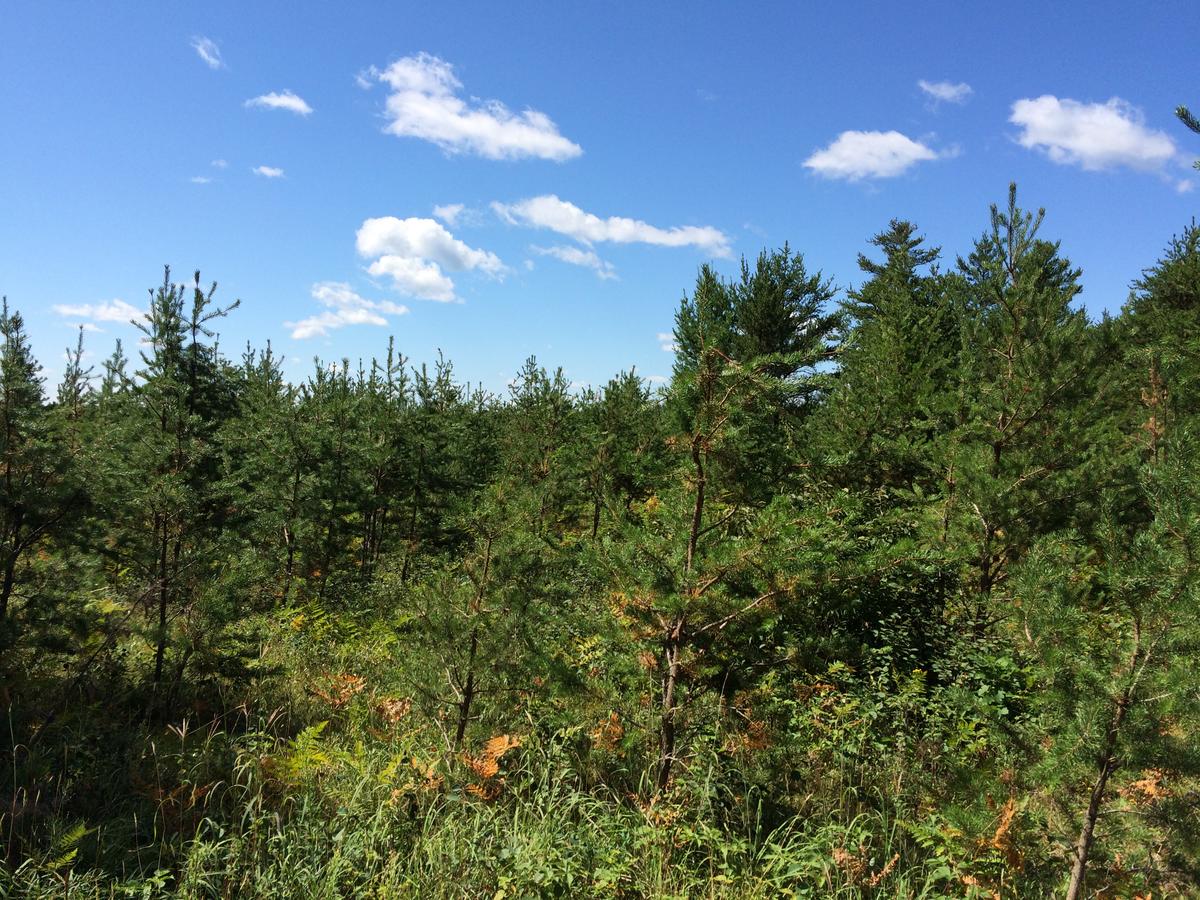Silviculture Objective(s)
Regenerate a vigorous stand of jack pine that will be managed on a 48-year rotation in order to achieve timber production objectives as well as Pine Barrens ecological/wildlife objectives within Wisconsin’s Northwest Sands Landscape.

Figure 1: Barnes Barrens typical landscape
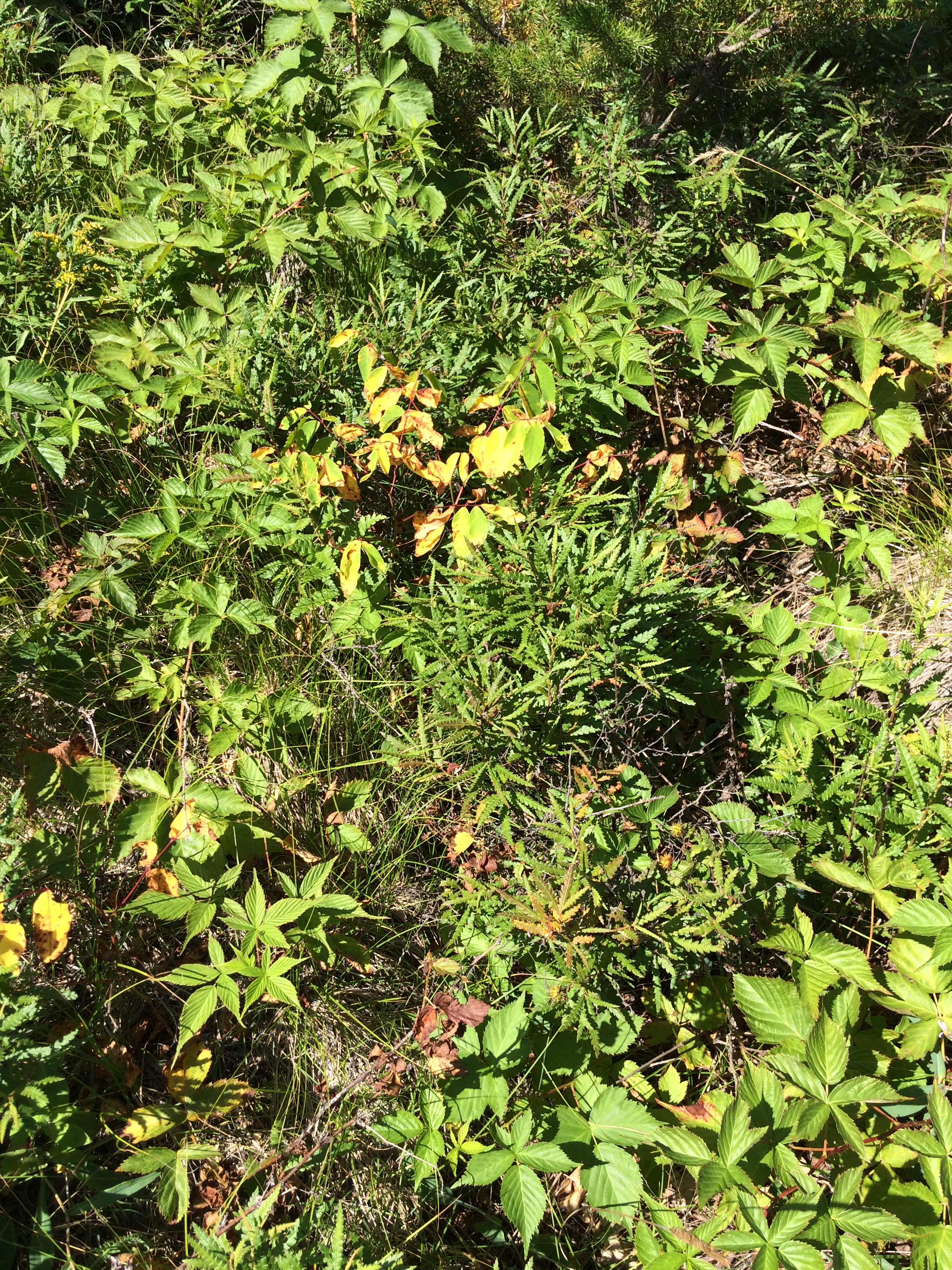
Figure 2: Groundstory vegetation typical of Barnes Barrens.
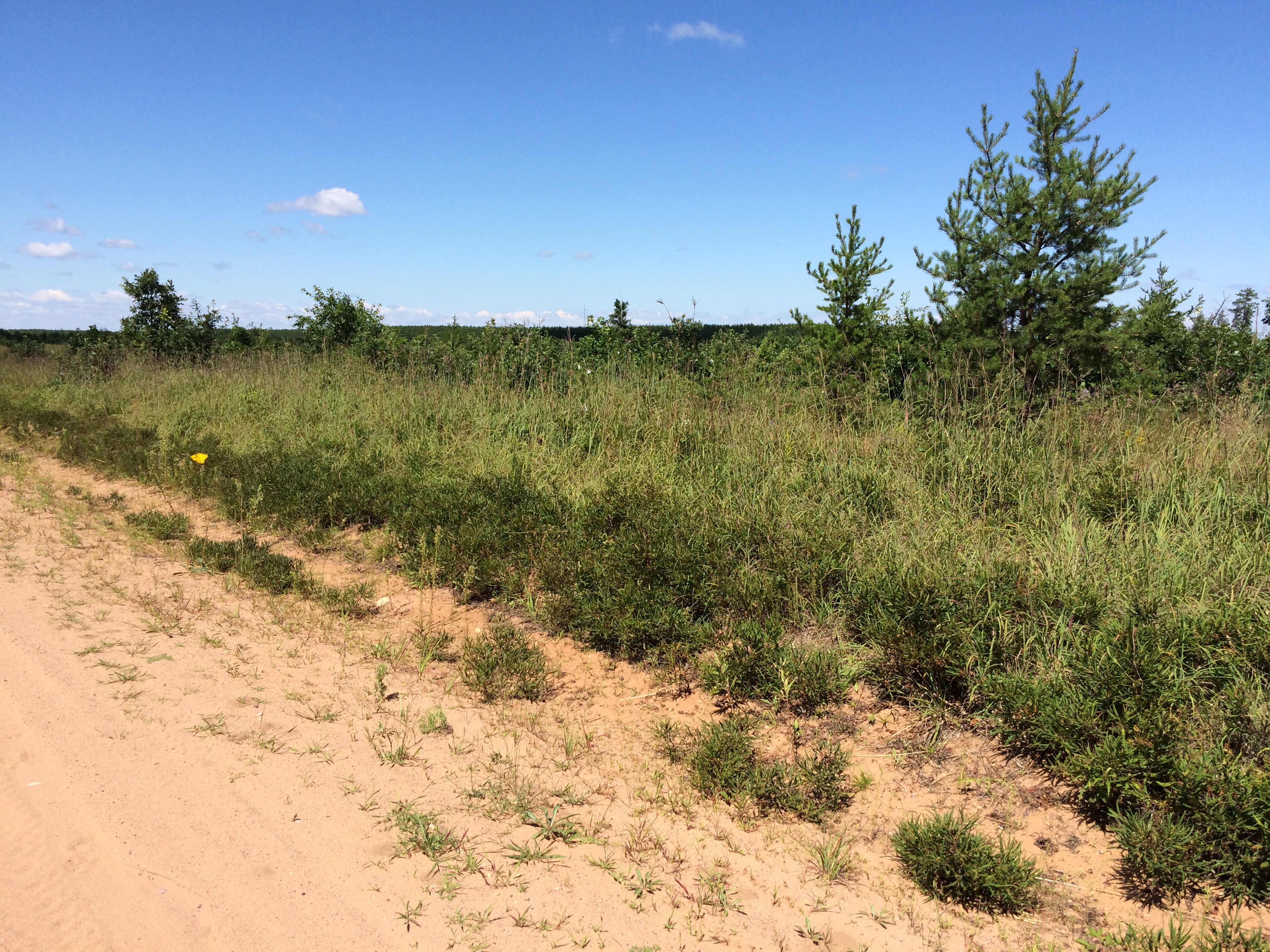
Figure 3: Roadside showing sandy soils typical of Barnes Barrens
Pre-treatment stand description and condition
Stand establishment and management history:
Previous stand was jack pine ranging from 3 inch DBH to 14 inch DBH with some mortality. 18 cords/acre were harvested off the site.
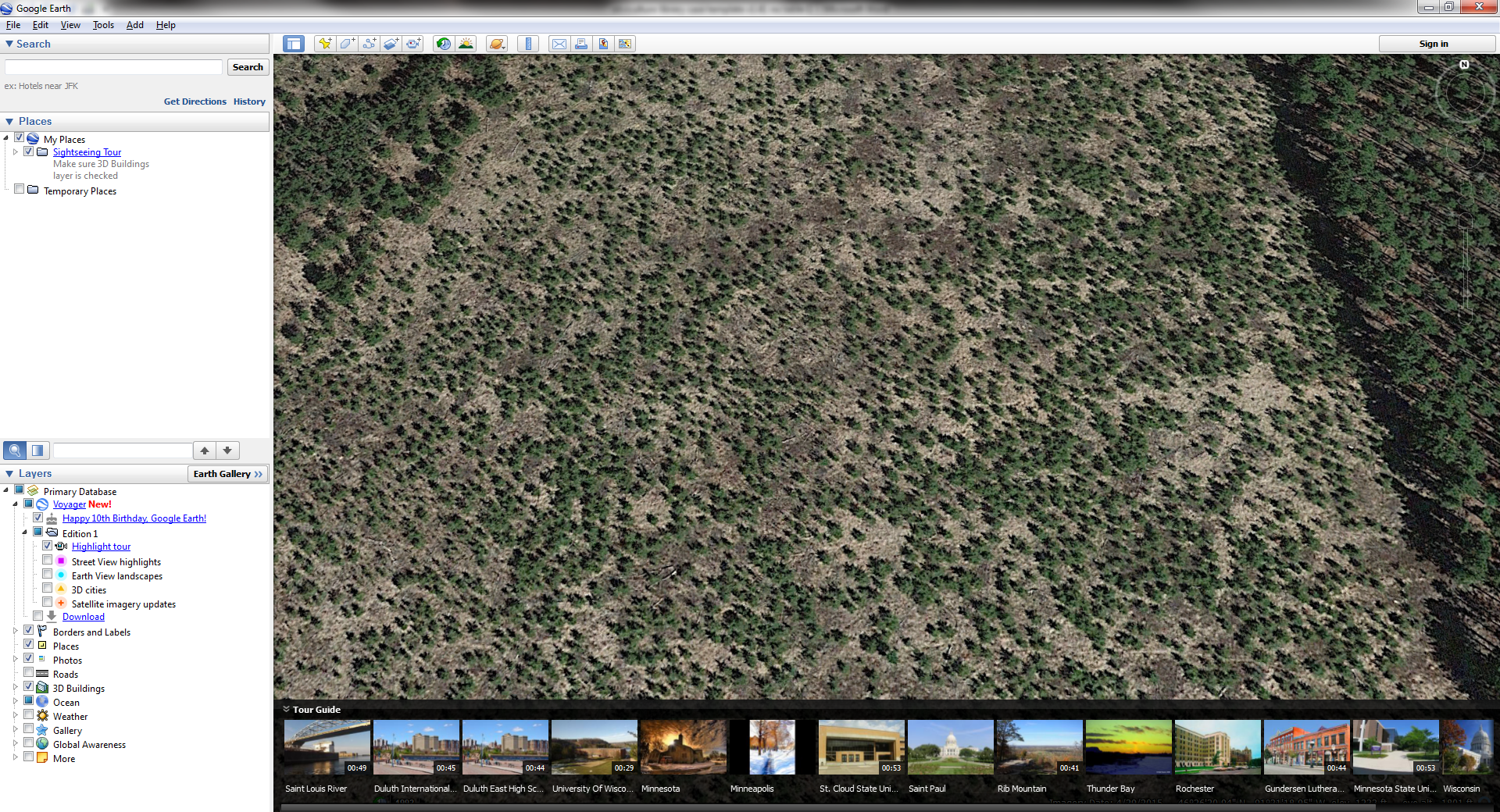
Figure 4: Satellite image of 11 year-old jack pine stand described in this case.
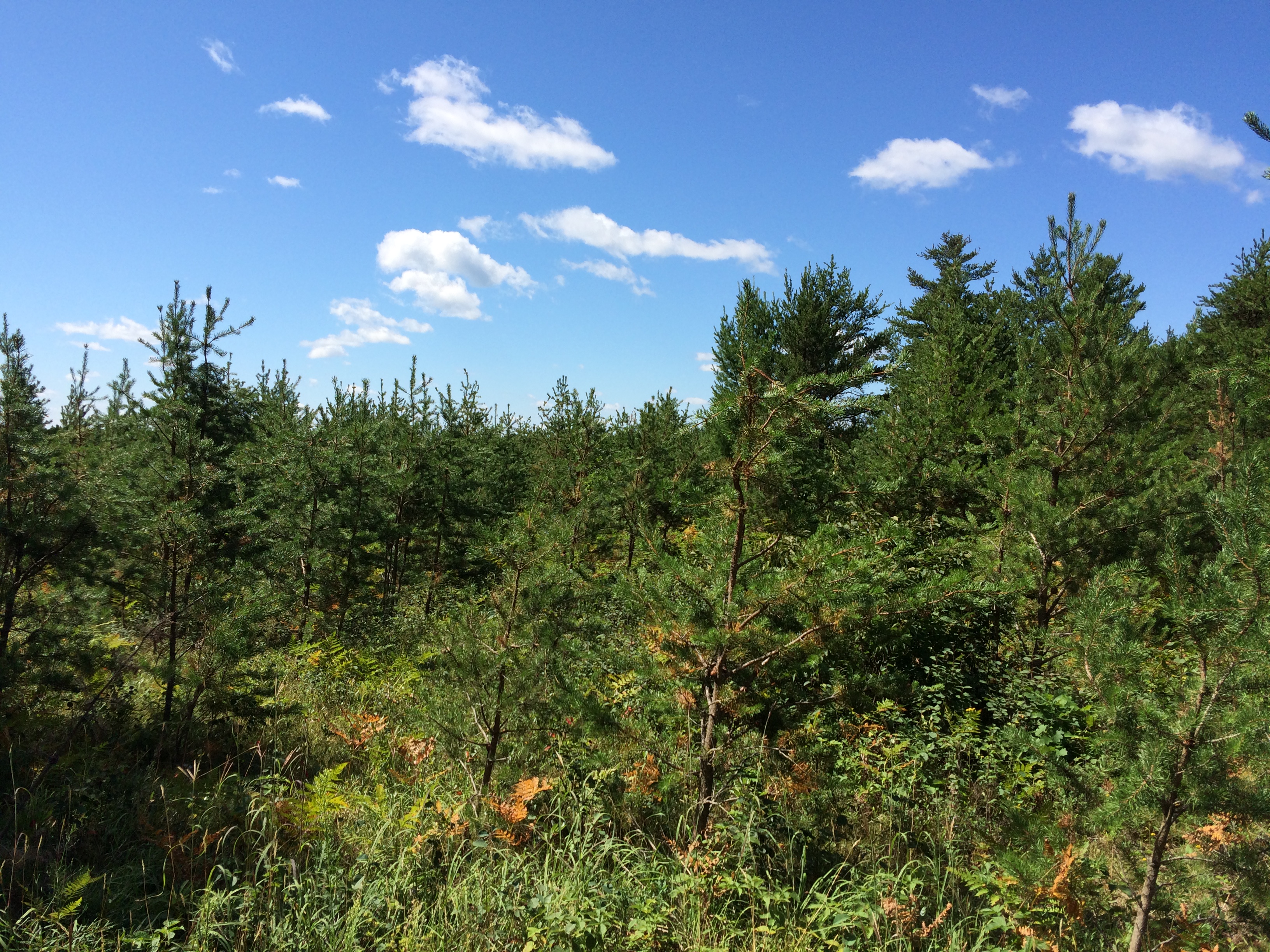
Figure 5: 11-year old planted jack pine stand, Barnes Barrens
Landowner objectives/situation:
Delineate approximately 11,500 acres as the BBMA.
Identify a ~1000-acre “core” area to provide permanent Open Barrens habitat. Maintain this open habitat using prescribed fire.
Identify four management zones that surround the permanently open core area and range in size from 2,468 to 2,937 acres. These four management zones provide Brush Prairie Barrens.
The management zones are assigned a 12 year harvest interval. Each zone is completely harvested via clearcutting over a period of 12 years. This harvest schedule ensures that Brush Prairie habitat (<12 years old) will be continually be adjacent to the Open Barrens core. During the harvest interval, whenever possible, all stands within each zone will be harvested and seeded or planted exclusively to jack pine.
From the time of harvest until the point when the jack pine regeneration is approximately 10 feet in height, stand characteristics will meet the criteria for Brush Prairie Barrens. Typically, suitable Brush Prairie habitat will exist for 10 to 15 years after harvest. The habitat created during this 10 to 15 year window will serve as temporary or “surrogate barrens”. All jack pine within the BBMA will be managed on a 48-year rotation to continually provide suitable Brush Prairie habitat.
Within each zone, roughly 200 acres will be designated as a Kirtland’s Warbler Habitat Area (KWHA). The areas will be planted or seeded at higher densities than normal (> 1,200 stems/acre) with unforested openings evenly distributed within each area totaling approximately 25% of the stand.
Silviculture Prescription
Pine Barrens have become increasingly rare on the landscape and are considered globally imperiled and imperiled in the state of Wisconsin. Many wildlife species like the sharp-tailed grouse, the federally endangered Kirtland’s Warbler, and many species of flora and other fauna are dependent on the existence of Pine Barrens.
Of the four major Pine Barrens types (Open Barrens, Brush Prairie Barrens, Savanna Barrens, and Forested Barrens) the BBMA will provide all except the Savanna Barrens. While seeking to create these rare barrens habitats, the management will generate timber revenue from sustainable forest management.
What actually happened during the treatment
After harvest the site was scarified and seeded using a mechanical Bracke (see photo).
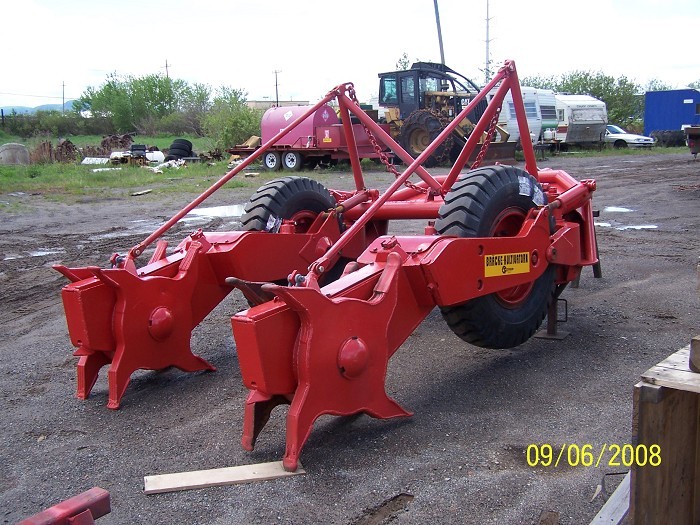
Figure 6: Bracke mechanical scarifier
Post-treatment assessment
As of 2014, our most recent survival count, the site contains 941 jack pine per acre. The distribution is relatively even across the site. The site was seeded using 1 ounce per acre with seed only being applied in the scalps made by the mechanical bracke. Roughly half of the 941 jack pine per acre are most likely natural.
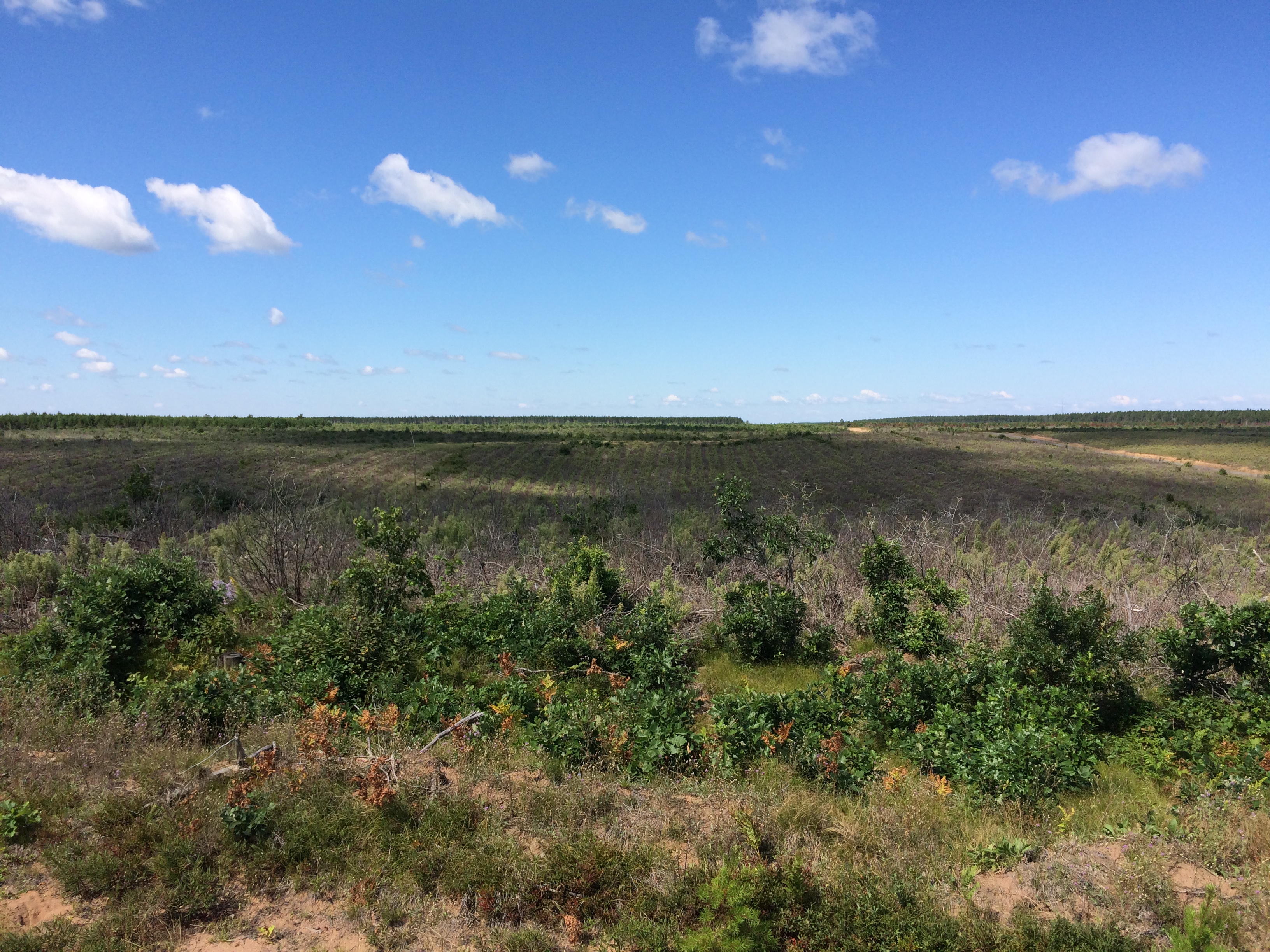
Figure 7: Looking into planted stand from edge - site prep rows visible
Plans for future treatments
Within the BBMA, jack pine as well as scrub oak and aspen will be managed intensively to continue providing revenue for Bayfield County. Since this stand is part of the Barnes Barrens Management Plan, the management area is split into four quadrants. This particular stand is within quadrant one which means this stand will most likely be harvested sometime between 2035 and 2046.
Costs and economic considerations
Since the Bayfield County Forestry Department owned or had access to the equipment used to scarify and seed this site, the costs were considerably lower than current costs for us.
| Costs Per Acre | |||||||||
| Practice | Acres | Method | Labor | Travel | Eq. rent | Materials | Other 1 | Other 2 | total cost |
| 0 | |||||||||
| Site prep | 42 | Bracke | 14.76 | 2.43 | 5.49 | 22.68 | |||
| 0 | |||||||||
| Seeding | 42 | 4.25 | 5.27 | 9.52 | |||||
| Reseed | 0 | ||||||||
| 32.20 | |||||||||
| 1352.40 | |||||||||
Additional remarks:
Site Prep; Eq. Rent; State skidder
Plant; Eq. Rent: Bracke amortization,
Materials: JackPine Seed
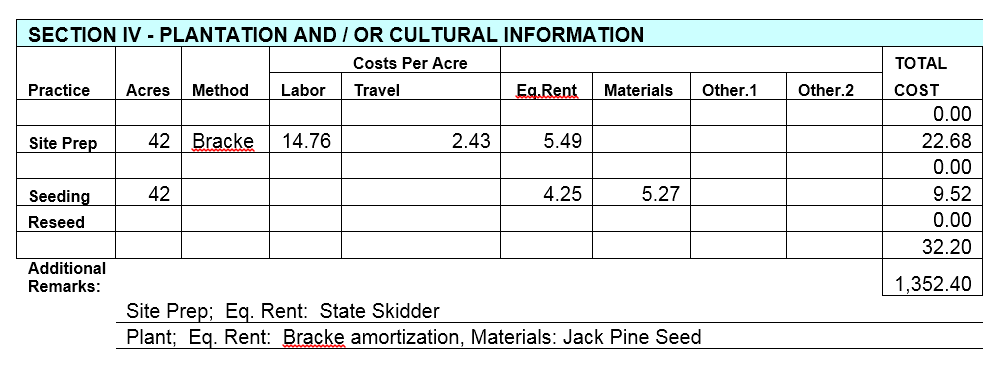
Figure 8: Table outlining jack pine establishment costs in the 11 year-old stand.
Other notes
Timeline Considerations: The BBMA is only at the beginning of a long establishment process. The core should be established by 2035 but is on track for an earlier completion. Existing red pine plantations within the BBMA will be carried to normal rotation length before being converted to jack pine by the year 2082 at which point the BBMA plan will be complete. It is expected that the four zones will be fully regulated well before 2082 with the exception of the persisting red pine plantations.
